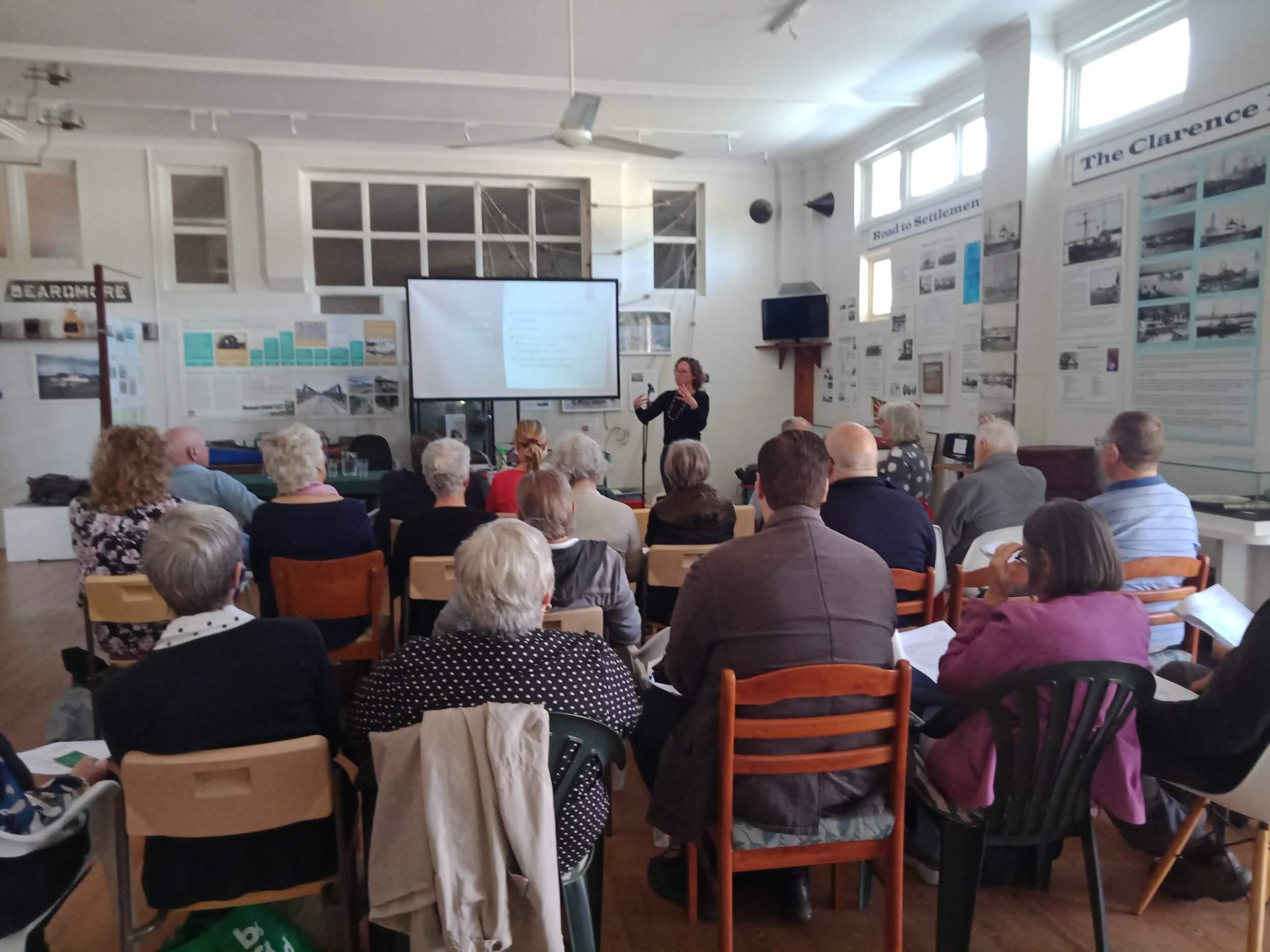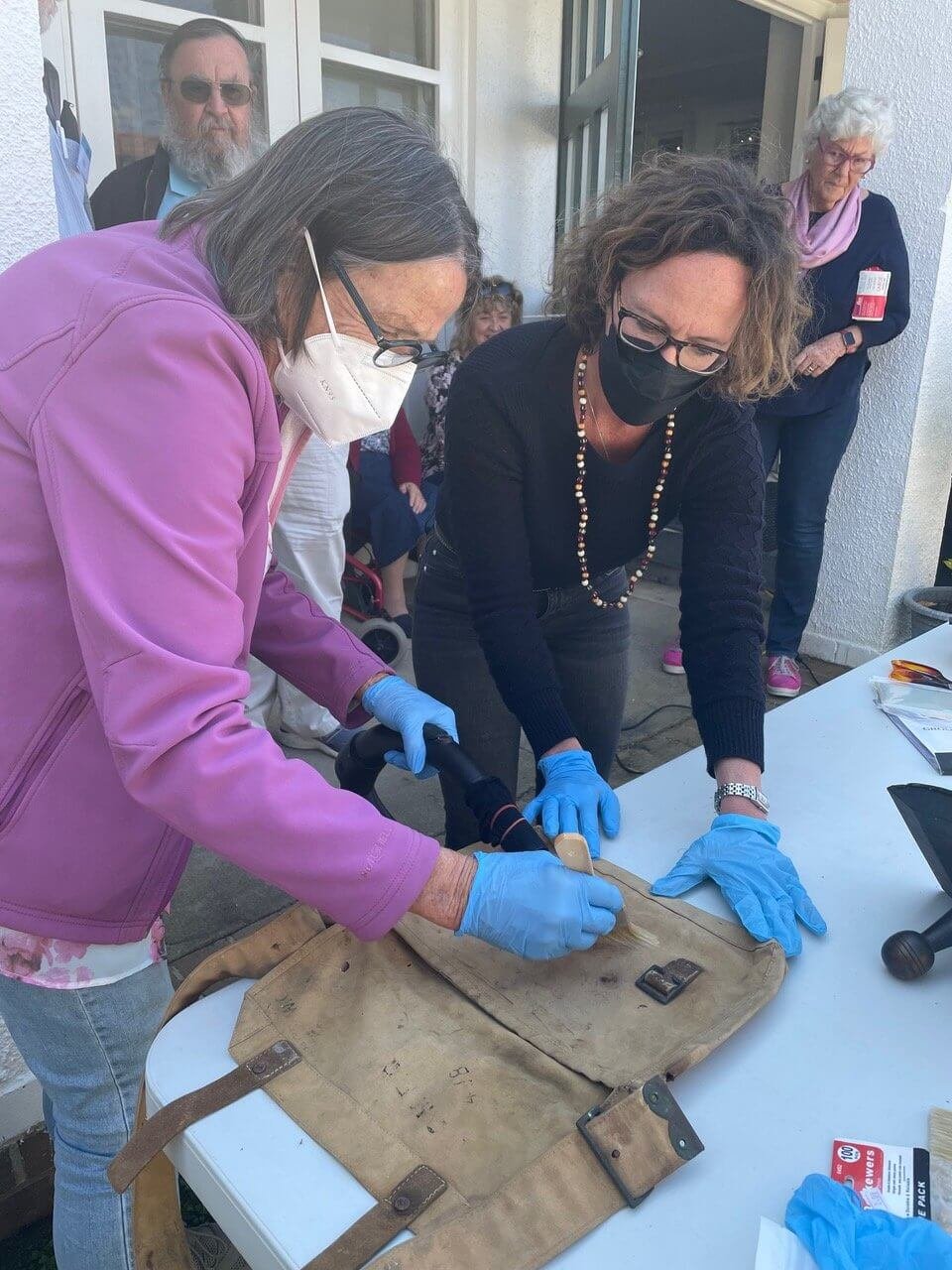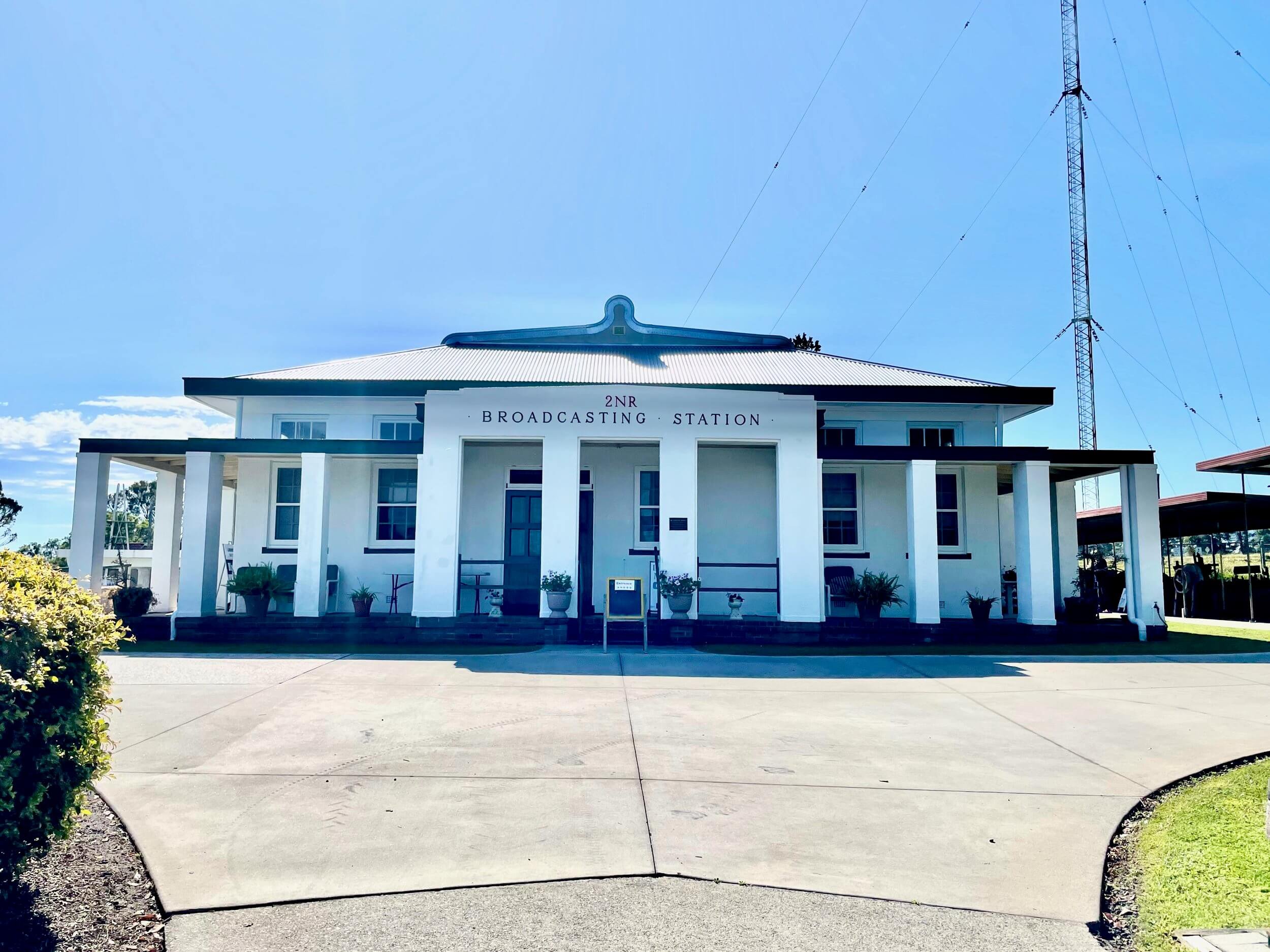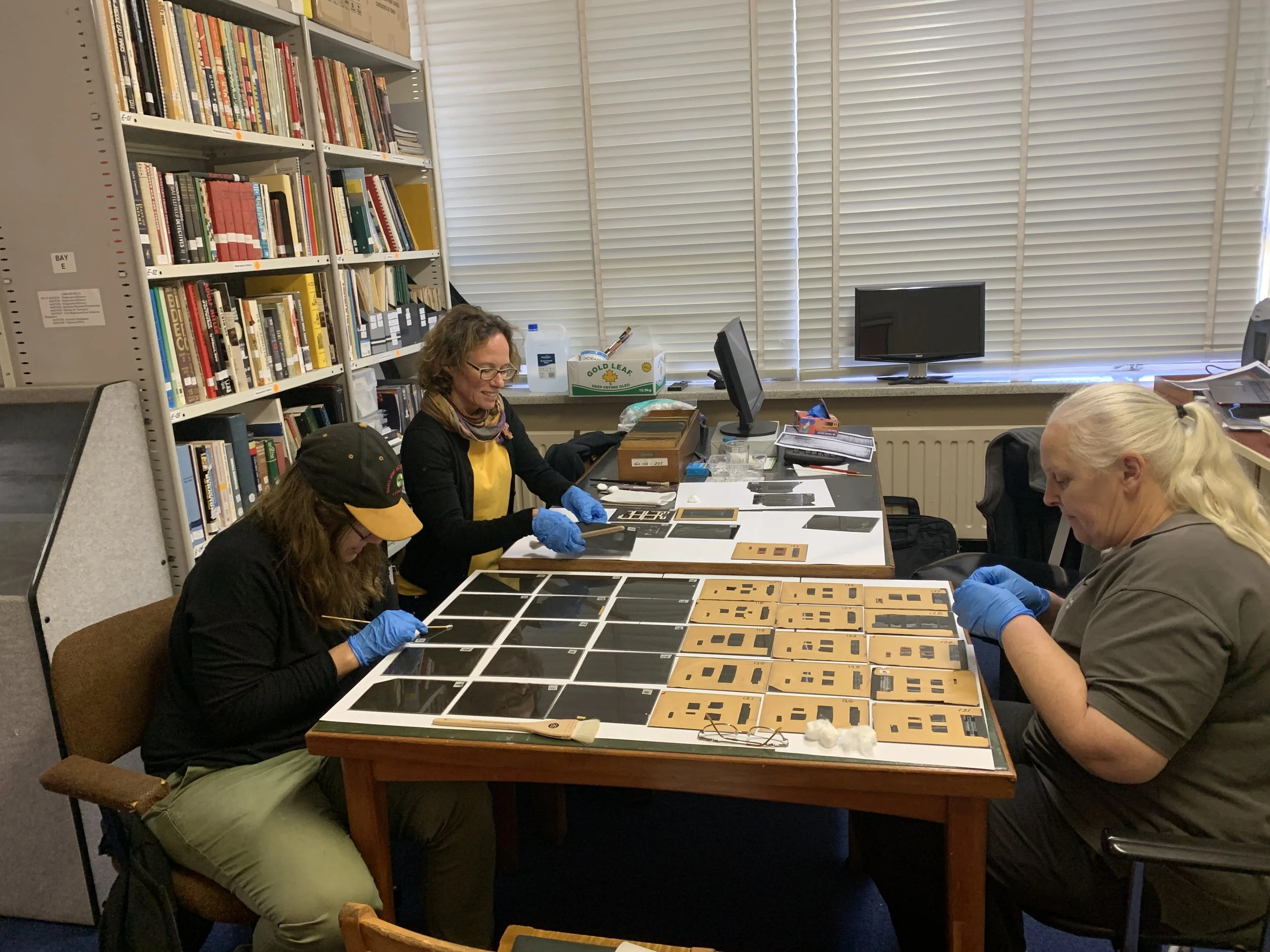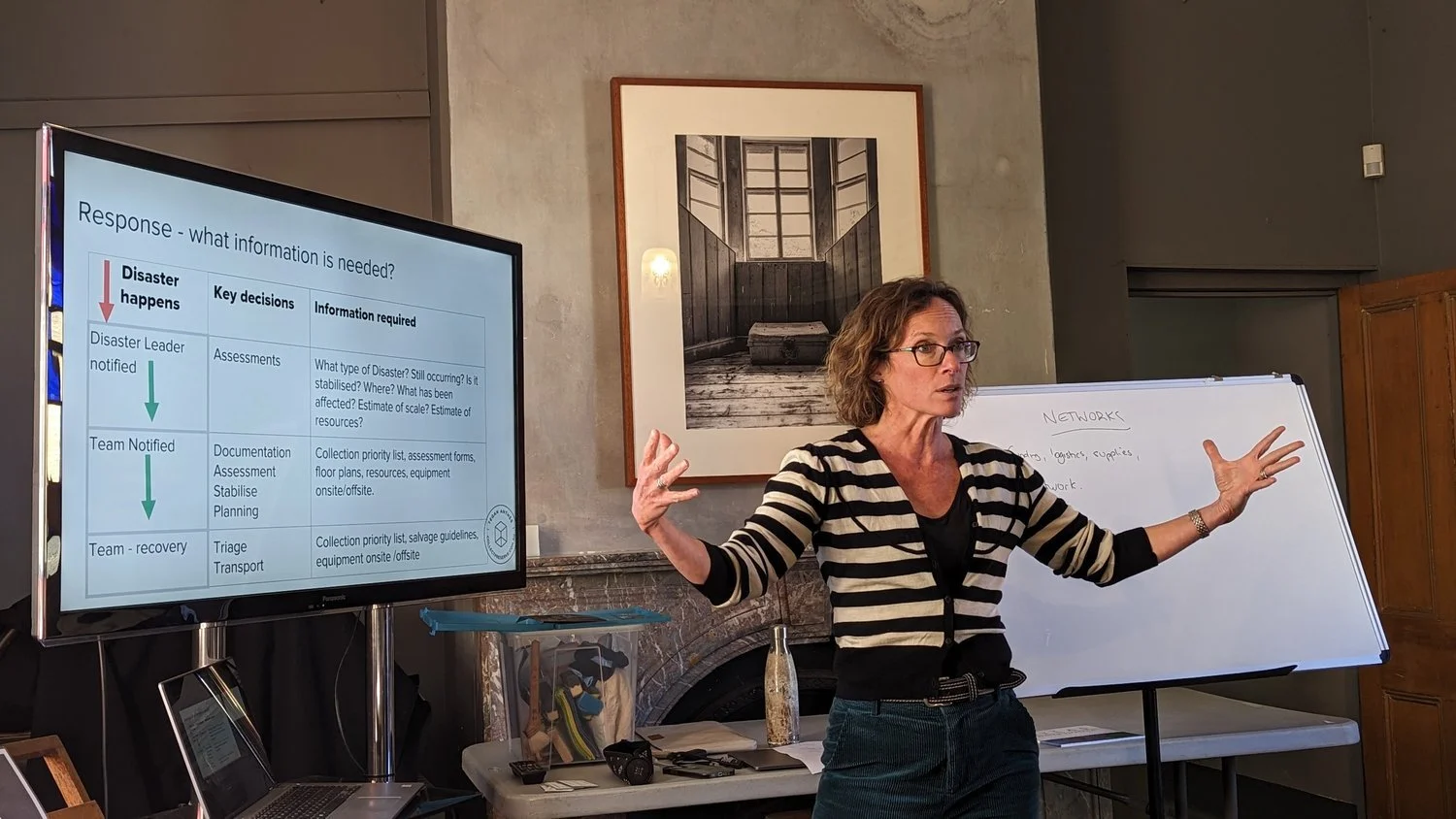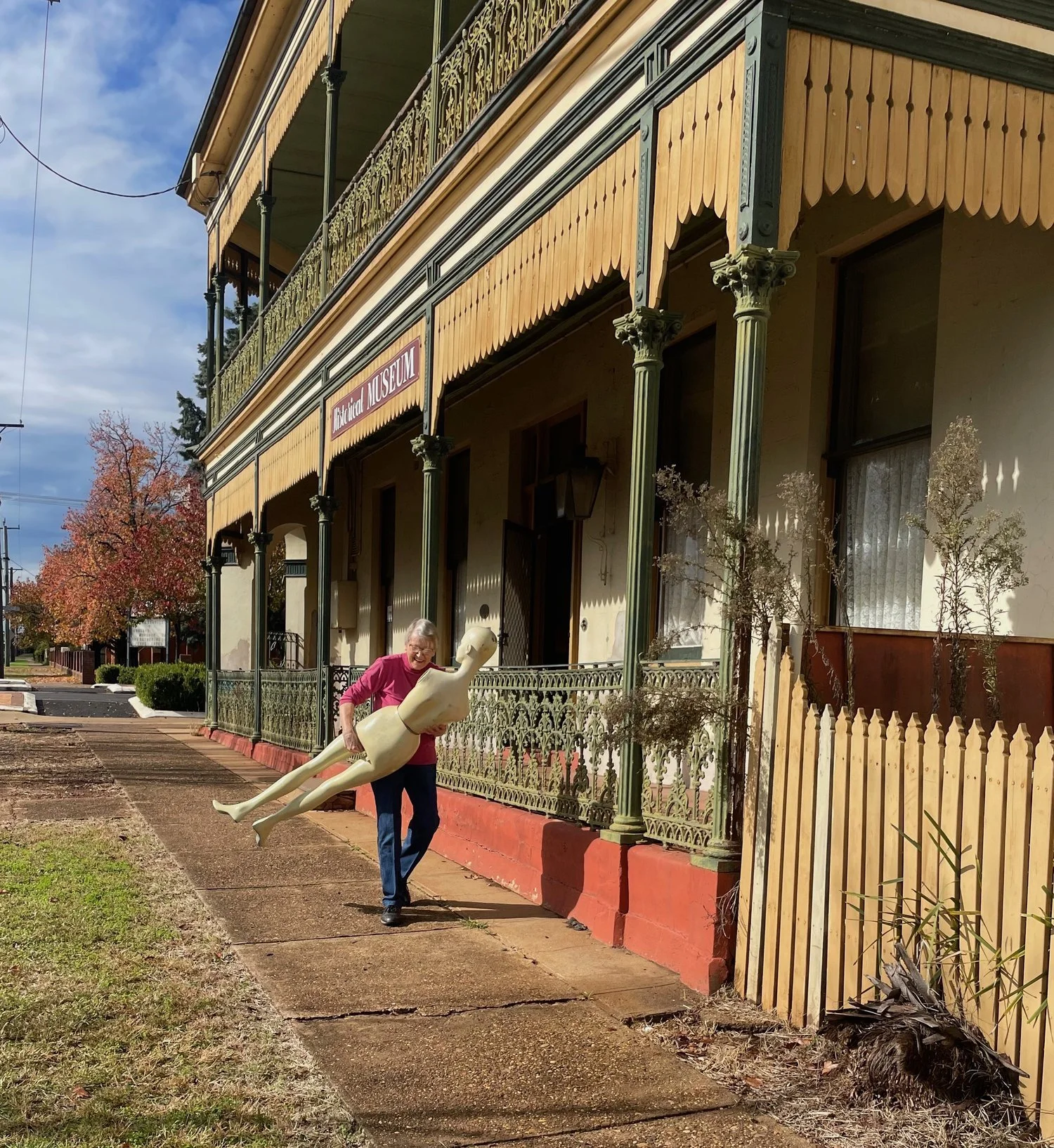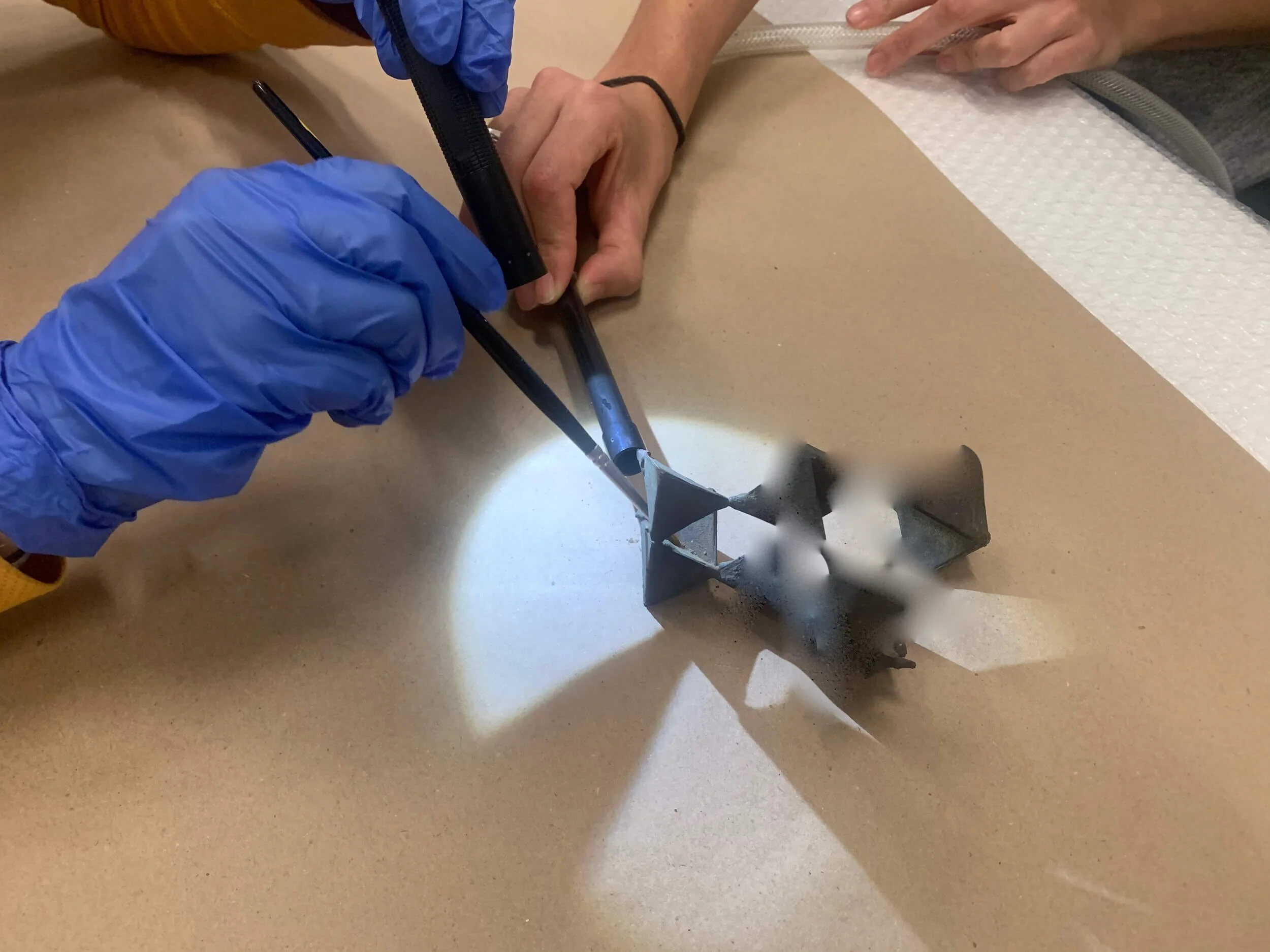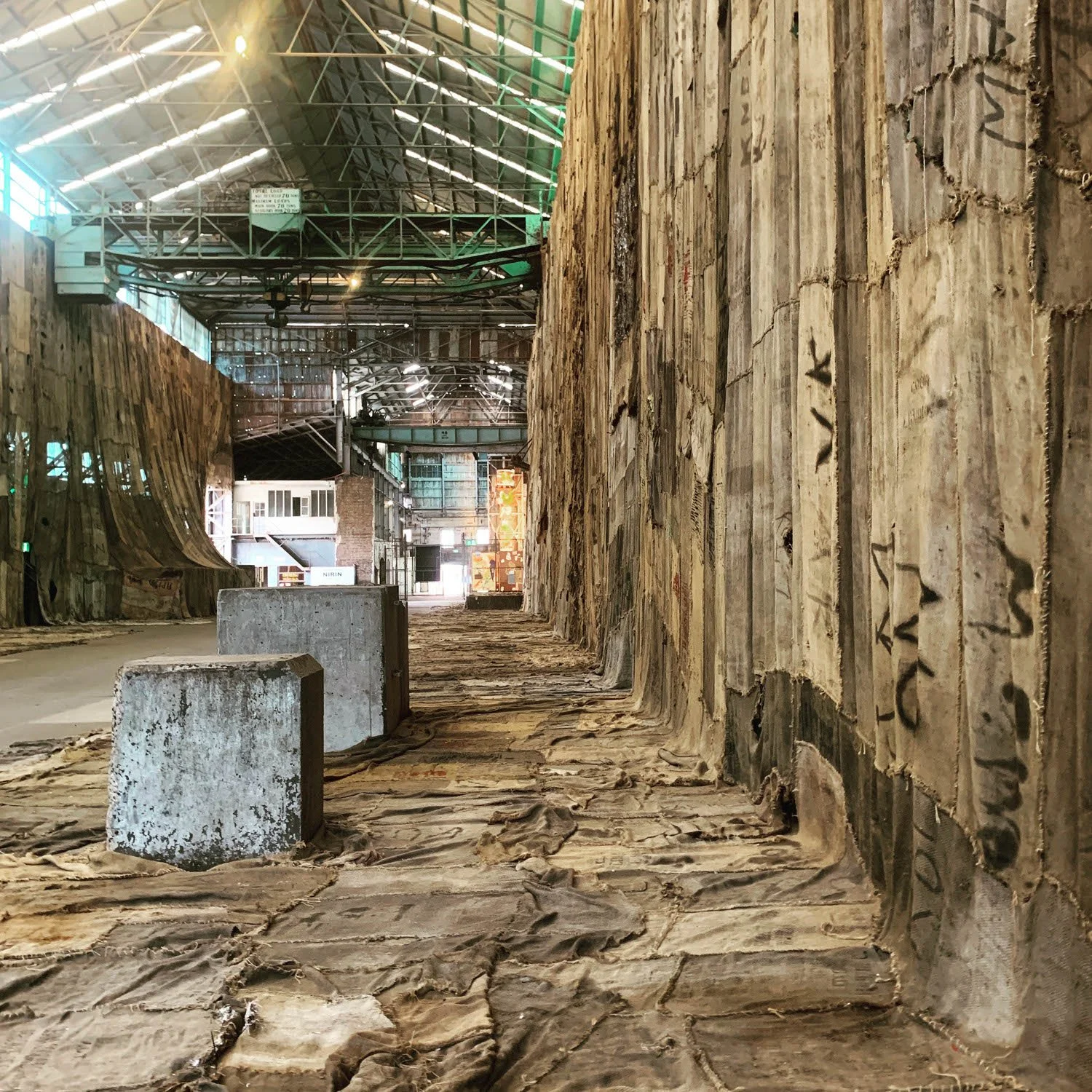How to Manage Mould in the Museum: A Preventive Workshop with Tegan Anthes
Mould is everywhere. Truly everywhere. And then add some rain and more rain, it grows. There is mould at home, the office and certainly we are finding it in our museums. The Museums Australia Far North Coast Chapter have been dealing with mould and engaged me to provide a training session on how to deal with Mould in the Museum. The workshop was delivered in the town of Lawrence on the Clarence River to over 30 volunteers from more than 8 Museums in the region.
Mould on suitcase
The workshop include a powerpoint presentation explaining:
What is mould?
How does it grow?
What kind of damage occurs to our Museum objects?
How to respond to a mould outbreak in the Museum.
How to prevent mould in the museum.
Bendigo Art Gallery staff during practical recovery session
The importance of PPE was discussed and examples of some of the equipment available was handed around the room. Of course we are all familiar with wearing masks due to COVID but an explanation of the differing levels of protection was provided and clearly explained. Gloves and additional PPE was also highlighted and the health issues surrounding mould was explained to ensure that the awareness is raised and procedures implemented.
A clear set of actions was also shared to provide participants with the tools to respond to a mouldy object in their museum. These steps extended into the practical session where participants were able to practise these methods on their own objects.
It was a positive workshop with participants asking questions and sharing concerns from their museums or with their collections. Lively discussions around environmental control, dehumidification and isolation of objects created an inclusive workshop and rapport developed between the various museums.
The variety of objects that we treated included water damaged paper, mould on a canvas object, mould on rubber and wood. The techniques that had been explained in the session were applied and practised by participants, this included experimenting with the various tools and equipment. Participants could see the success of the results and understand the limitations of various methods.
Practical session of cleaning mouldy objects
Cleaning a mouldy helmet
Cleaning a mouldy canvas bag
Cleaning the canvas bag - first step brush cleaning with a vacuum
A great example to share is the canvas bag. This was first treated with the brush cleaning method and then followed with Groom/Stick. This provided visible positive results at each stage. Participants were able to experience the feel of the methods, the tools and make decisions surrounding the process.
Through this practical experience the participants could acknowledge the damage caused by mould and develop an understanding of the limitations of the treatment options.
Overall the workshop has empowered these museums to take action with mould in their museums. Everyone has knowledge of how and why mould grows, plus clear actions to take when mould appears in their collections.
I want to thank Jane Gardiner for driving this project, including the development of the concept, applying and obtaining the grant to fund the workshop and organising the museums in the region. I also want to thank the Lawrence Museum staff - Bill Boyd and Roz Jones for the organisation on the day. They are all doing a fabulous job within their museums and their dedication is evident.
I am passionate about building capacity in our Museums and enabling our volunteers to strengthen knowledge and care for collections within their communities. And I was delighted to contribute to the building of knowledge in this region through this workshop.
Please make sure you stop in and visit the Lawrence Museum on your travels in the North Coast of NSW - plus all the other Museums along the way.
Lawrence Museum — 2 Merton Street, Lawrence NSW Australia
I would also like to acknowledge and thank the Skills Development Grants from Museums and Galleries NSW for their support in this project.



